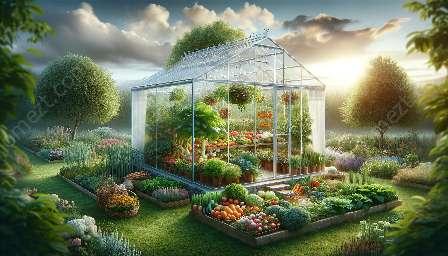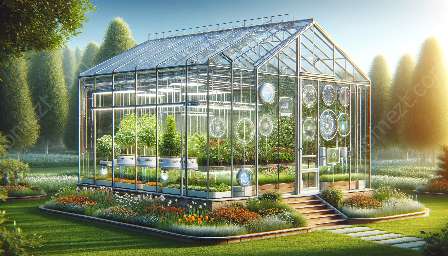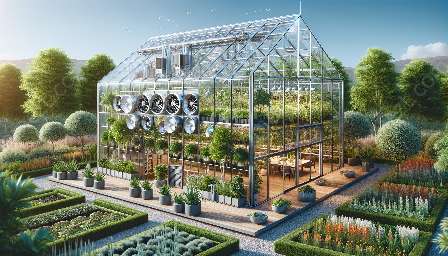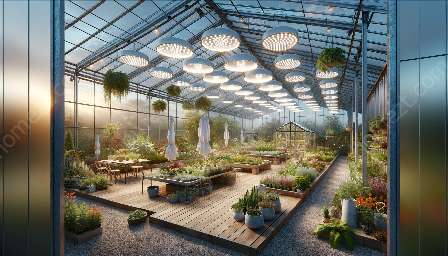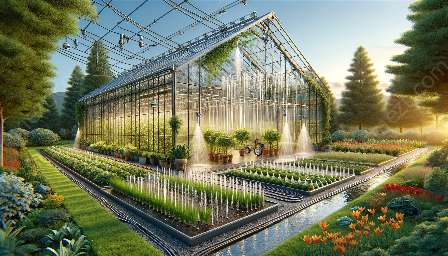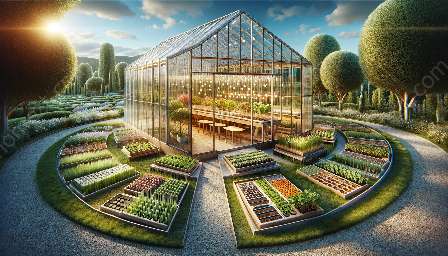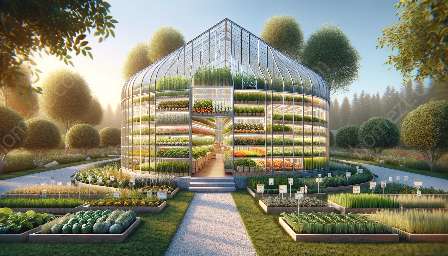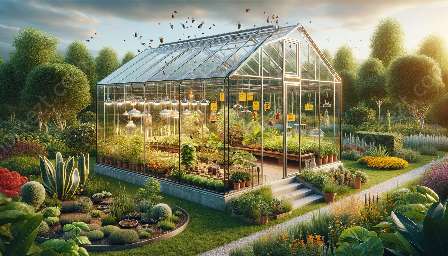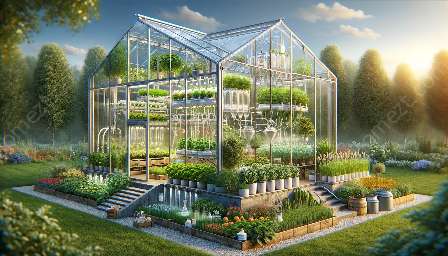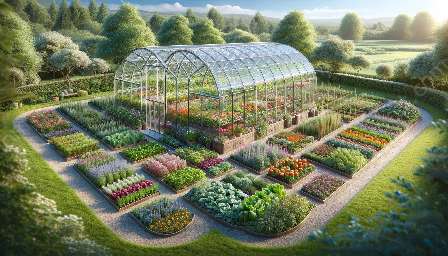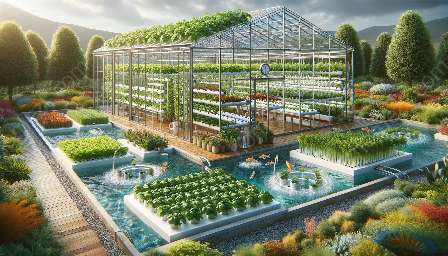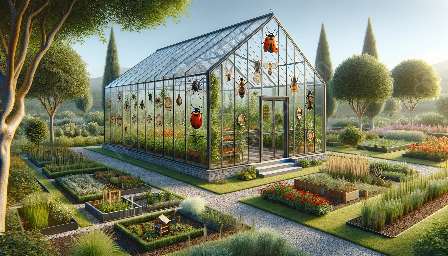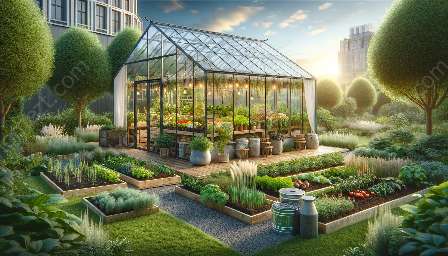Greenhouse gardening offers an ideal environment for growing a wide variety of crops, allowing gardeners to extend the growing season and cultivate plants that may not thrive in outdoor conditions. However, successful greenhouse gardening requires careful crop selection and planning to make the most of the controlled environment.
Assessing Microclimates
Before selecting crops for your greenhouse, it's essential to understand the microclimates within the structure. Different areas of the greenhouse may experience variations in temperature, humidity, and light levels. By mapping out these microclimates, you can strategically plan the placement of different crops to optimize their growth and yield.
Choosing the Right Crops
Not all crops are well-suited for greenhouse cultivation. When selecting crops, consider factors such as the greenhouse's temperature range, available space, and the desired yield. High-value crops like tomatoes, cucumbers, and peppers are popular choices for greenhouse gardening due to their potential for high productivity and quality.
Understanding Crop Rotation
Effective planning for greenhouse gardening involves implementing crop rotation. Rotating crops helps to manage soil fertility, prevent disease buildup, and optimize space utilization. By strategically rotating crops based on their nutrient needs and growth patterns, you can maintain a balanced and healthy greenhouse ecosystem.
Utilizing Vertical Space
In a greenhouse environment, maximizing vertical space is crucial for efficient crop planning. Utilize trellises, hanging planters, and shelving systems to grow vining crops, herbs, and ornamental plants vertically. This approach not only increases the productive capacity of the greenhouse but also enhances its visual appeal.
Implementing Integrated Pest Management
Pest control is a significant aspect of crop planning in greenhouse gardening. Integrating pest management practices such as introducing beneficial insects, using organic pesticides, and maintaining proper sanitation helps to protect crops from damaging pests without relying heavily on chemical solutions.
Creating a Crop Calendar
Developing a crop calendar is essential for efficient greenhouse gardening. By scheduling planting dates, expected harvest times, and crop rotation cycles, you can maintain a consistent supply of fresh produce throughout the year. Consider factors such as the duration of crop growth, seasonal changes, and market demand when planning the crop calendar.
Conclusion
Crop selection and planning play pivotal roles in the success of greenhouse gardening. By carefully assessing microclimates, choosing suitable crops, implementing crop rotation, utilizing vertical space, integrating pest management, and creating a well-structured crop calendar, gardeners can maximize the productivity and sustainability of their greenhouse gardens.

